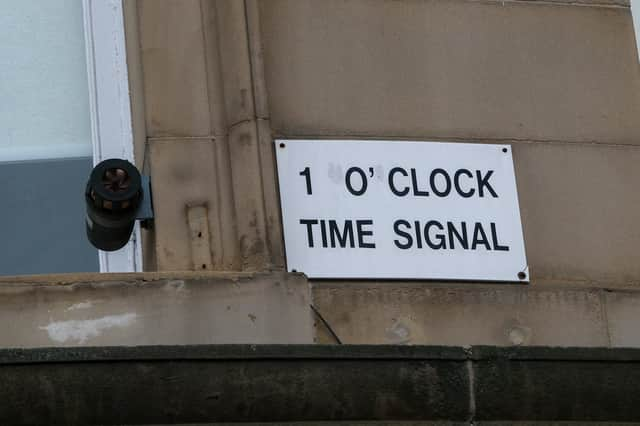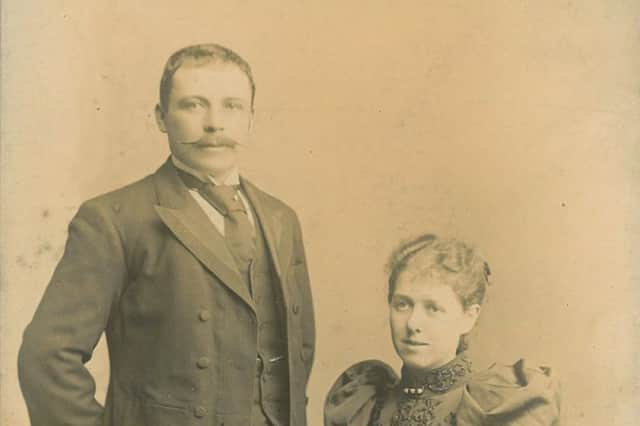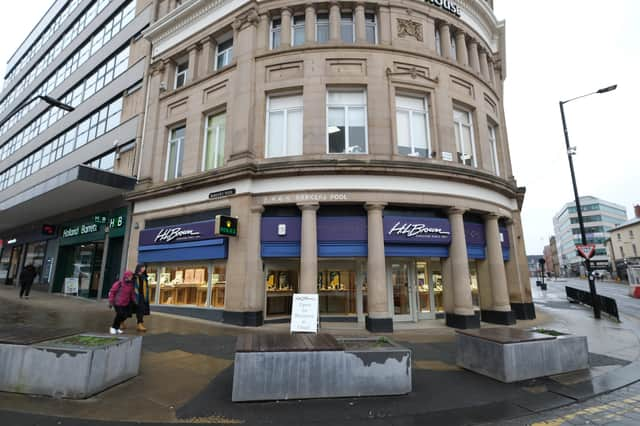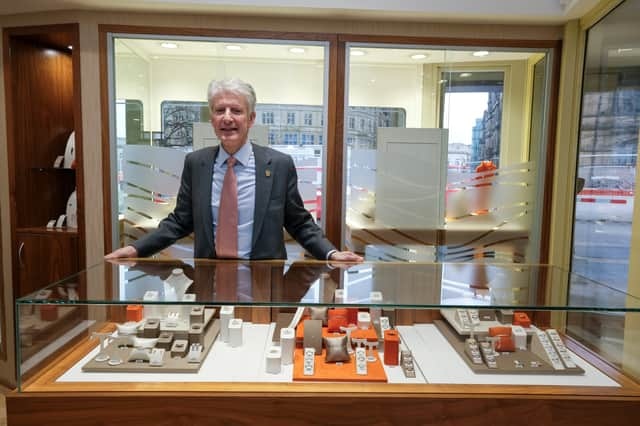Sheffield siren: What is the one o'clock time signal heard every day at Barker's Pool in the city centre?
and live on Freeview channel 276
If you've spent enough time in Sheffield city centre, chances are you will have heard the screeching sound which fills the air every day at 1pm.
But do you know the story of the one o'clock time signal located outside a first floor window above H.L. Brown jewellers, on the corner of Barker's Pool and Leopold Street, near the top of Fargate?


Advertisement
Hide AdAdvertisement
Hide AdIt dates back 150 years to 1874, when the firm's founder Harris Leon Brown came up with the idea as a clever marketing gimmick.
His great-great-grandson James Frampton, who today runs the family firm, explained how the time signal was originally introduced at the company's old shop on Angel Street.
Back then, clocks and watches were not as reliable as they are today, varying by as much as 30 minutes across the country.


One of the first public time signals was installed at Greenwich, to help set the time on ships, and Harris Brown came up with the wheeze of linking his shop in Sheffield directly to Greenwich by the miracle of telegraph.
Advertisement
Hide AdAdvertisement
Hide AdIt was ostensibly so customers' watches could be accurately set to Greenwich Mean Time but it was also a great way to promote the business as being at the cutting edge of technology.
It was just one example of Harris Brown's great talent for marketing and innovation, James explained.


"The story of the siren is classic him (Harris Brown) showing the business was up with the latest trends and letting everyone know that we're the kings of technology," says James.
Advertisement
Hide AdAdvertisement
Hide AdAs well as sounding every day at 1pm, when the ear-piercing siren often startles unsuspecting passersby, the time signal can be heard on special occasions including on Remembrance Day, when it marks the beginning and the end of the official silence.
A small notice beside the siren states in black block lettering '1 O'CLOCK TIME SIGNAL'.


It's been reported that when the time signal was first introduced factories used it to mark the end of their employees' lunch breaks.
While modern technology has rendered it more of a historical curiosity than a vital timekeeping aid, James believes it's probably a useful reminder for some nearby workers to either head out for lunch or return to their desks.
Advertisement
Hide AdAdvertisement
Hide AdHe told The Star: "I still get startled myself sometimes. I think it used to be louder and we had to make it quieter. It also sounded for around 15 seconds at one point, which was quite a long time, so we had to reduce that to about five seconds."
Comment Guidelines
National World encourages reader discussion on our stories. User feedback, insights and back-and-forth exchanges add a rich layer of context to reporting. Please review our Community Guidelines before commenting.